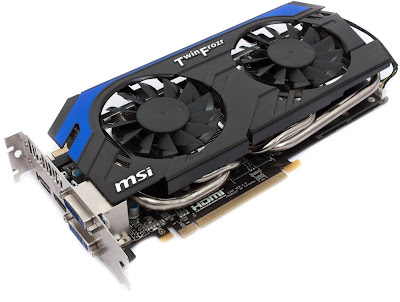
Japanese giant electronics and entertainment company SONY apparently thinks that we should all have a home tablet next to our PC, mobile multimedia and communication tablet, mobile notebook workstation and big screen smartphone.
The IT companies are trying hard to convince us we need all of these, and SONY’s new Tab 20 / home tablet concept made us wonder what its primary use or reason for being is. The best explanation we have for it is that this is basically a huggable AIO computer that has a small battery to allow you to carry it from one room to another. The SONY Tab 20 is a 20” tablet with a 10-point multitouch display featuring a rather modest 1600 by 900 pixel resolution that doesn’t exactly fit with the usage model,...



 9/02/2012 11:57:00 PM
9/02/2012 11:57:00 PM
 dannzfay
dannzfay

















